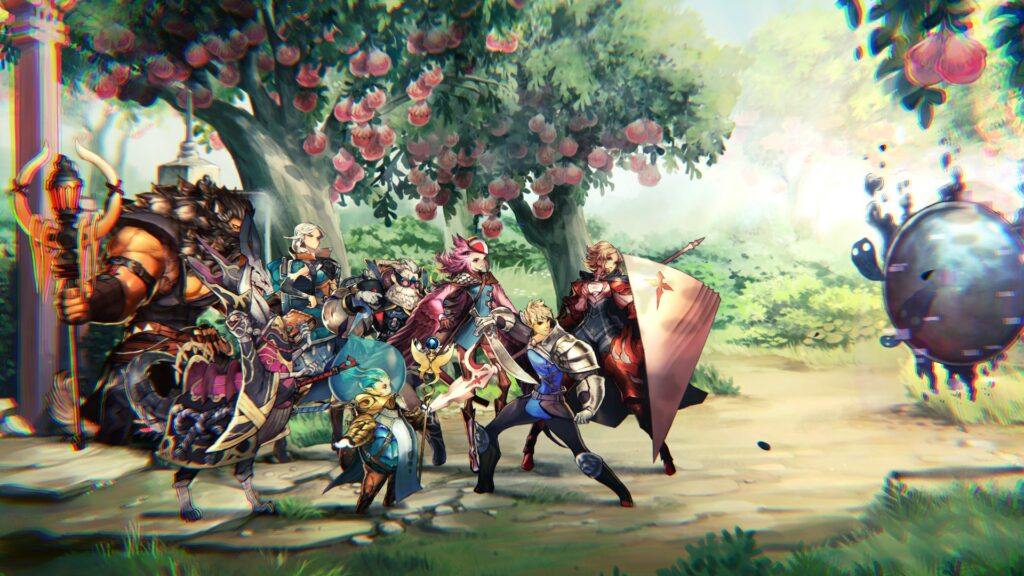
Astria Ascending by Artisan Studios and Dear Villagers is an upcoming indie JRPG with some big names attached to it.
More specifically, the Final Fantasy veterans Kazushige Nojima and Hitoshi Sakimoto are penning the story, and composing the soundtrack, respectively. After the first few chapters of the preview, I’m fairly confident in saying that fans of traditional JRPG experiences will definitely want to add this to their Wishlist.
As soon as you boot up Astria Ascending, you are immediately greeted with a gorgeous fantasy world that wouldn’t look out of place with a Final Fantasy logo on it. The world of Orcanon is a land of magic and strange technology, where all kinds of fantastical races live in peace within a vast city called Harmonia.
Those responsible for protecting this harmonious existence are the Demi-Gods. They are powerful beings that are chosen from the various races, and granted mysterious powers so they can fight the Noises, malicious creatures that seek to disrupt the peace and order of Orcanon.
Each party of Demi-Gods are selected at the same time, and serve together for 3 years before their transcendence. Which is a polite way of saying they die.
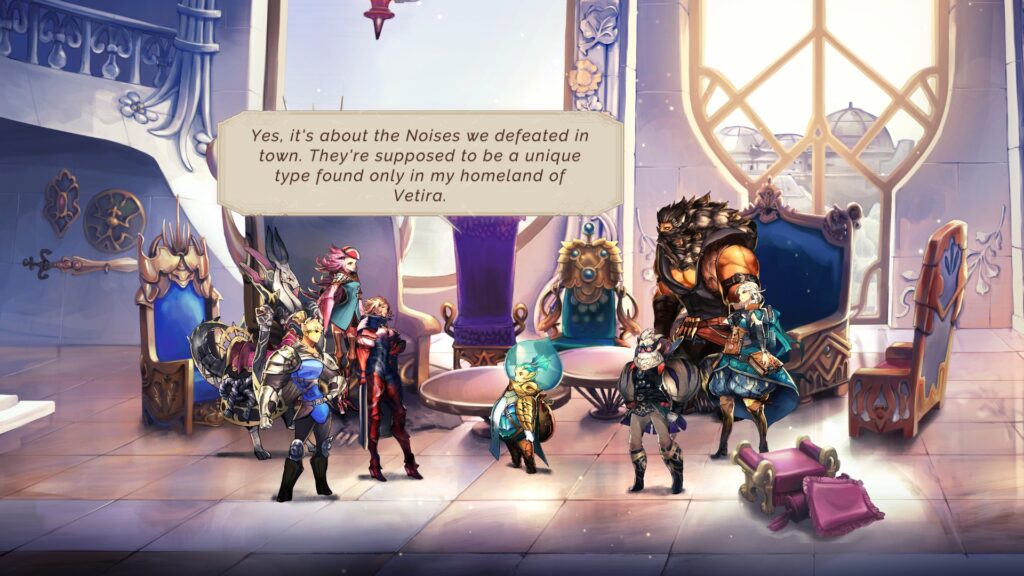
On your journey, you will control the eight members of the 333rd set of Demi-Gods, who are tasked with traveling across Orcanon to find out what is causing the increased Noise activity within Harmonia.
Astria Ascending is a 2D RPG with a wide variety of towns, wildlands, and dungeons to explore. Outside of combat the game controls like a very basic platformer, with the dungeons I’ve experienced so far featuring some rudimentary jumping-based exploration and puzzles. Upon coming in contact with an enemy, you’ll be transported to a turn-based battle system.
Like with most JRPGs of this style, you can be ambushed if an enemy runs into you from behind, or you can get the drop on them by using a slash move or stunning them with an arcane bolt that also pulls double duty as a puzzle-solving mechanic.
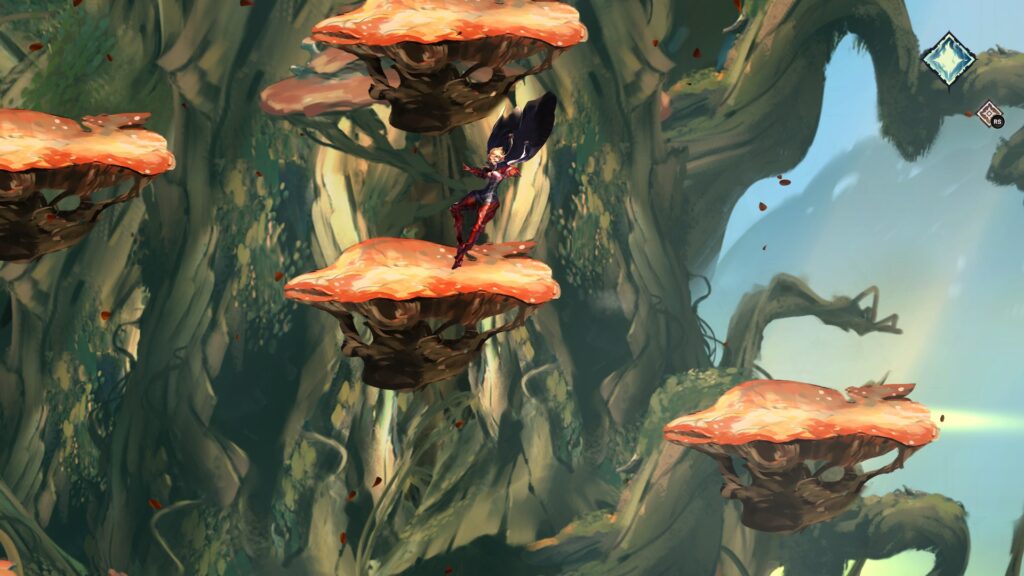
Astria Ascending‘s battle system is refreshingly old-school and straightforward, though offers plenty of challenge and mechanical depth to figure out. Your party consists of 4 Demi-Gods at once, but you can freely swap them around mid-battle; and many combat encounters will require you to do so.
During a character’s turn they can perform a basic attack, use magic or special skills that consume MP, defend to reduce incoming damage, use items, or Focus. The Focus mechanic is one of the key parts of Astria Ascending‘s battle system. You start each battle with 1 Focus Point, and characters can use up to 4 points at once to enhance an attack or skill’s effectiveness by increments of 50%.
You gain more Focus Points by using attacks and abilities that an enemy is weak against. However, you can also lose Focus Points by using skills an enemy can nullify, absorb, or reflect. It’s possible to have your Focus Point pool drop into the negatives if you are just particularly inept at combat.
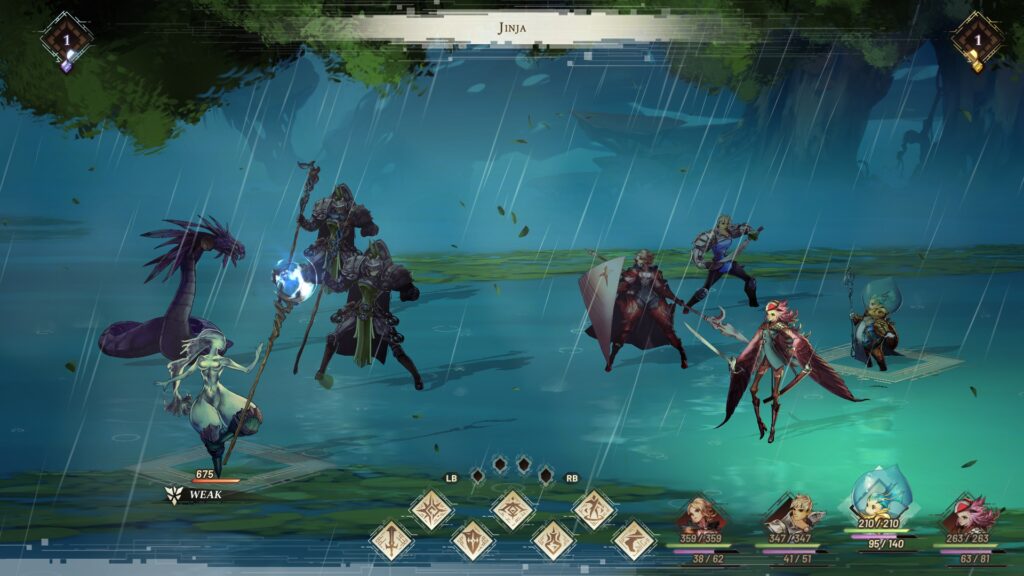
Rounding out the game’s combat systems are Summons, which work much like similar mechanics in other classical JRPGs. Throughout your quest you will find yourself visiting old statues representing various guardian beasts so that your Summoner, Alassia, can gain their powers.
Summons require a Focus Point to bring onto the field, and their special abilities all cost Focus Points to use, so you’ll need to build up your pool before sending one out. Once on the field, your Summons can usually absorb a lot of punishment and give you access to very powerful skills that can wipe entire enemy mobs by themselves if you use them right.
Outside of combat, Astria Ascending has a variety of ways to build your characters and party. Your characters all gain the same amount of experience and skill points regardless of if they are in your party or not during a battle. Besides leveling up, each character has large Ascension trees full of skills and abilities to unlock by spending skill points, and sphere items to gain new nodes.
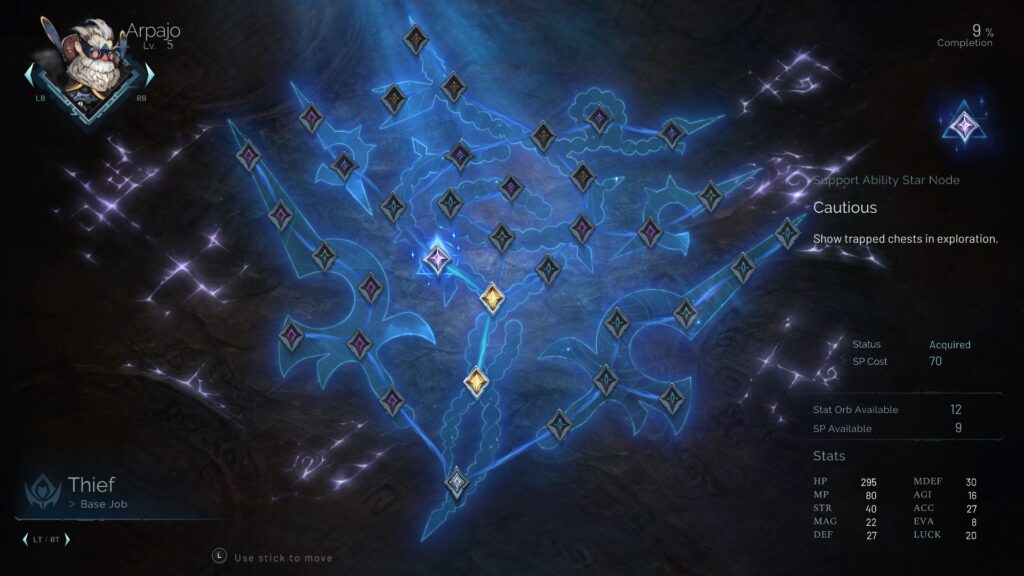
Some of these nodes are basic stat boosts, some increase your max HP or MP, and some give you access to new abilities. Some of these abilities are active skills you’ll use in battle, while others can be passives like Arpajo’s ability to find booby trapped chests in dungeons.
These Ascension trees are tied to jobs that you’ll gradually gain access to for each character throughout the game. The job system works pretty much like you’d expect if you have ever played a JRPG with similar systems, with each character having a basic class that determines the sort of jobs they’ll gain access to later in the game.
Overall, Astria Ascending is shaping up to be a gorgeous and deep traditional JRPG experience that any fan of the genre will want to check out. The characters are interesting and well-designed, and the world of Orcanon will feel very familiar to any hardcore Final Fantasy fan.
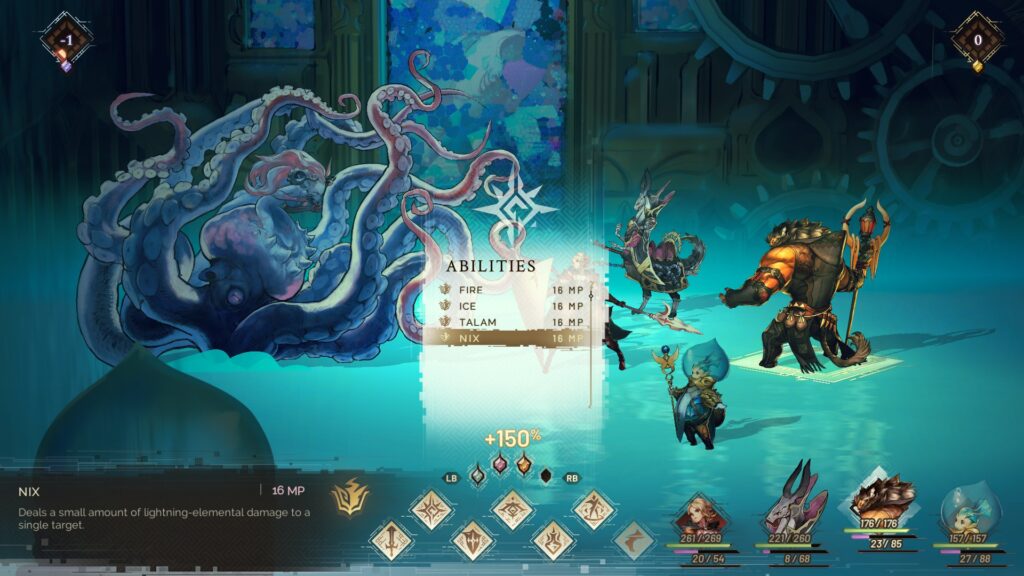
Astria Ascending launches September 30th for Windows PC (via the Epic Games Store, GOG, and Steam), Nintendo Switch, PlayStation 4, PlayStation 5, Xbox One, and Xbox Series X.
Astria Ascending was previewed on Windows PC using a preview copy provided by Dear Villagers. You can find additional information about Niche Gamer’s review/ethics policy here.